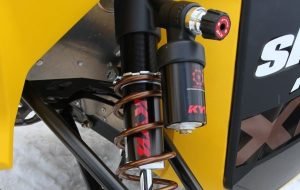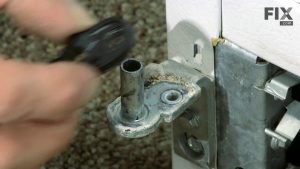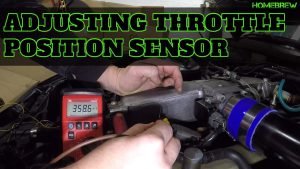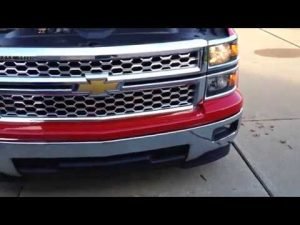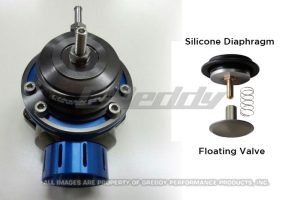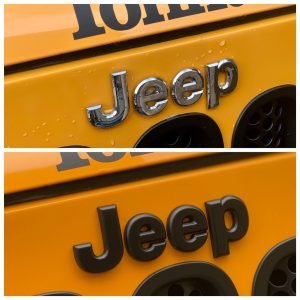
Contents
How to Clean Your Car Engine Bay: A Step-by-Step Guide
A clean engine bay not only looks great but can also help detect potential problems early on. Leaking fluids or corroded parts are much easier to spot on a clean engine. However, cleaning your engine bay incorrectly can cause serious damage. This comprehensive guide will walk you through the process safely and effectively.
🛒 Recommended Product
Before You Begin: Preparation is Key
Before you even think about grabbing a hose, thorough preparation is essential. This step significantly reduces the risk of damage and ensures a successful cleaning.
-
Let the Engine Cool Completely: This is crucial to prevent burns and damage to sensitive components. Wait at least 30 minutes after turning off your engine.
-
Gather Your Supplies: You’ll need a variety of cleaning tools, including brushes (various sizes and types), cloths, and an appropriate cleaning solution (water-based is recommended).
-
Protect Sensitive Components: Cover your alternator, distributor (if applicable), and electrical connections with plastic bags and securely fasten them with rubber bands or tape. This prevents water damage.
-
Remove Loose Debris: Use a brush or compressed air to remove loose dirt, leaves, and other debris from the engine bay. This makes the cleaning process much more efficient.
Step-by-Step Cleaning Process
Now that you’re prepared, let’s clean the engine bay!
-
Pre-soak: Gently spray the engine bay with a water-based cleaner. Avoid high-pressure sprays to minimize the risk of forcing water into sensitive components. Let the cleaner dwell for a few minutes to loosen grime.
-
Scrub: Using brushes of varying sizes, gently scrub the engine bay, paying attention to all crevices and hard-to-reach areas. Remember to work from top to bottom to avoid re-soiling already cleaned areas.
-
Rinse Thoroughly: Using low-pressure water, thoroughly rinse the engine bay, ensuring all traces of cleaner and grime are removed. Take your time and be meticulous in this step.
-
Dry the Engine Bay: Use clean cloths to dry the engine bay as much as possible. Pay particular attention to electrical connections and other sensitive areas.
Post-Cleaning and Important Tips
-
Check for Leaks: After cleaning, carefully inspect the engine bay for any leaks that may have been hidden by dirt. This is a great opportunity for preventative maintenance.
-
Allow for Complete Drying: Leave the engine bay to air dry completely before starting the vehicle. This helps prevent electrical shorts and other potential issues.
-
Start the Engine: Once the engine bay is completely dry, start your engine and let it run for a few minutes. This allows any remaining moisture to evaporate.
Common Mistakes to Avoid
-
Using high-pressure water: This can force water into sensitive electrical components, causing damage. Always use low-pressure water.
-
Using harsh chemicals: Harsh chemicals can damage engine components. Stick to water-based cleaners.
-
Not protecting electrical components: Failing to protect these parts can lead to expensive repairs. Always cover sensitive areas before cleaning.
-
Not drying the engine bay completely: Residual moisture can lead to corrosion and electrical problems. Ensure everything is completely dry.
By following these steps and avoiding common mistakes, you can effectively and safely clean your car’s engine bay, keeping it looking its best and helping you maintain your vehicle’s health. Remember, prevention is key, and regular cleaning is a valuable part of car maintenance.
🛒 Recommended Product
FAQ
Q. What are the basic supplies I need to clean my car’s engine bay?
A. You’ll need a degreaser (specifically designed for engine bays), a pressure washer (or a garden hose with a strong spray nozzle), various brushes (detailing brushes are ideal, but old toothbrushes can work for tight spaces), microfiber towels or shop rags, and possibly some engine bay protectant afterwards. Safety glasses and gloves are also crucial.
Q. How often should I clean my car’s engine bay?
A. The frequency depends on your driving conditions and environment. If you frequently drive on dusty or muddy roads, more frequent cleaning (every 3-6 months) is recommended. Otherwise, once or twice a year is usually sufficient.
Q. Can I use a high-pressure setting on my pressure washer for the entire engine bay?
A. No. While a pressure washer is helpful, avoid directly spraying high-pressure water onto sensitive electrical components, such as the alternator, computer modules (ECU), or distributor. Use a lower pressure setting and concentrate the spray on larger, durable parts. Direct high pressure can damage components.
Q. What type of degreaser should I use and how do I apply it?
A. Use a degreaser specifically formulated for engine bays. Avoid harsh chemicals that can damage plastic or rubber parts. Apply the degreaser according to the product instructions, usually by spraying it onto the engine bay surfaces, allowing it to dwell for a few minutes (check product instructions for dwell time), and then scrubbing with brushes.
Q. What should I do after cleaning my engine bay?
A. Thoroughly rinse the engine bay with water to remove all traces of the degreaser. Use a lower pressure setting on your pressure washer or a gentle spray from your hose. Then, dry the engine bay as thoroughly as possible with microfiber towels or shop rags. Once dry, you can optionally apply an engine bay protectant to help repel dirt and grime in the future. Let the engine run for a short period to help dry any remaining moisture.
Q. What parts of the engine bay should I avoid getting wet?
A. Focus your cleaning efforts on the visible surfaces. Avoid directly spraying water into the air intake, distributor cap (if applicable), alternator, battery terminals, and electrical connectors. These are particularly vulnerable to water damage. Also, be careful around the engine’s belts and pulleys, as excessive water can cause slippage or damage. If you are unsure about a specific area, avoid spraying it directly.
Q. My engine bay is extremely dirty; what’s the best approach?
A. For heavily soiled engine bays, you might need to repeat the degreasing and rinsing process. Let the degreaser dwell longer than usual (always following product instructions). You might also find it helpful to pre-treat particularly stubborn areas with a specialized engine cleaning brush or detailing tool before applying the degreaser. Consider breaking the cleaning process into smaller, more manageable sections to avoid getting overwhelmed.
Related Articles
How to Check Brake Pads in Your Car
How to Check Your Brake Pads: A Step-by-Step Guide Keeping your brakes in top condition is crucial for safety. Knowing how to check your brake pads yo…
How to Install Backup Sensors in Your Car
How to Install Backup Sensors in Your Car: A Step-by-Step Guide Adding backup sensors to your car is a fantastic way to enhance safety and peace of mi…
How to Remove Scratches from Car Paint Without Buffing
How to Remove Scratches from Car Paint Without Buffing: A Detailed Guide Dreaded scratches on your car’s paint? Don’t panic! While buffing…
Affiliate Disclosure: As an Amazon Associate, I earn from qualifying purchases made through links on this site.

